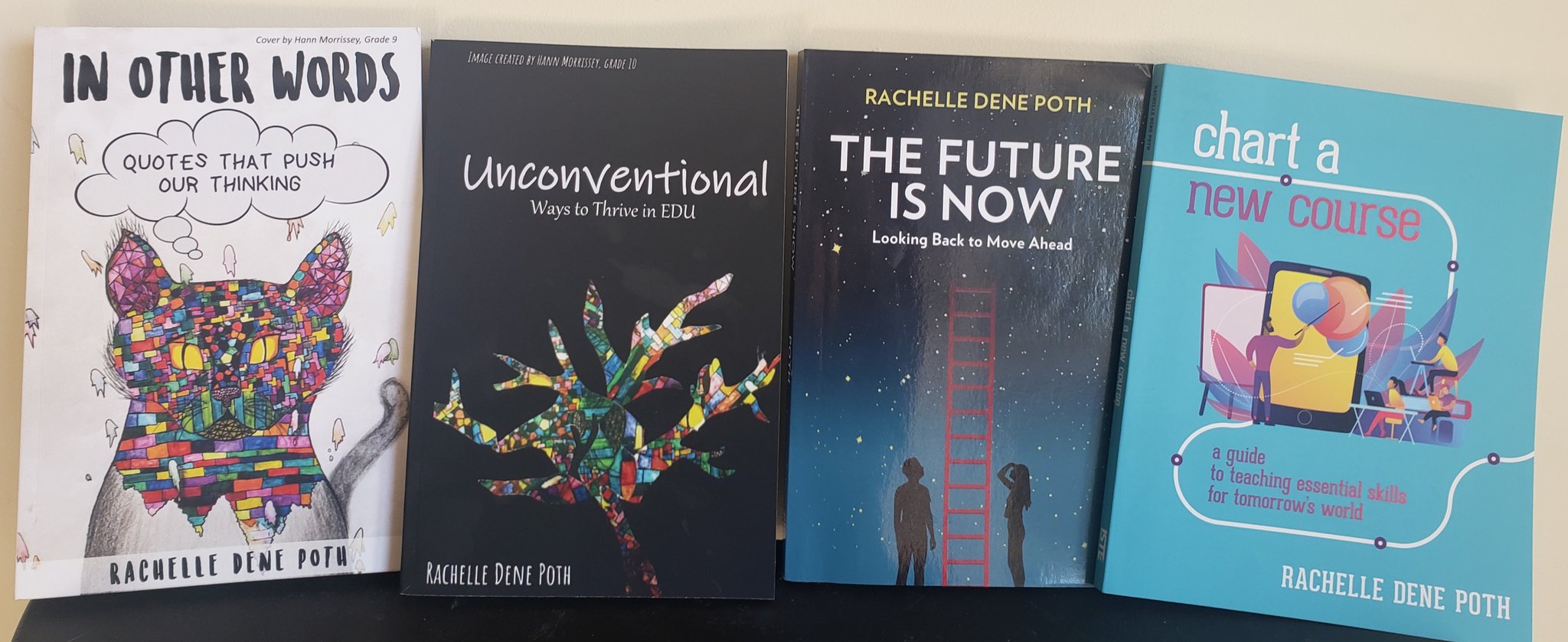Guest Post by Matthew Nickerson, Instructional Technology Specialist, AACPS
Professional Learning Specialist, i2e, @dadxeight
Author: All the Microsoft Tools You Need To Transform Your Classroom
Are you familiar with HyperDocs? You can learn more about them on their website, but essentially it is using one document (They specifically say a Google Doc, but it works the same with a document in Word Online.) that contains all the elements of your highly engaging lesson. Although the “hyper” refers to hyperlinks, it is not just a bunch of urls pasted on a page. HyperDocs should have a blend of multiple ways to access content as well as a variety of activities for students to engage with the content in addition to alternatives for assessment os learning. In short, a good HyperDoc addresses all of UDL– multiple means of engagement, multiple means of representation and multiple means of action and expression.
If a HyperDocs are supposed to be “visually engaging and packaged learning experiences as it says on their site, how much more visually engaging can you get than being fully immersed into a Minecraft world?
Let’s take a look at applying the principles of a HyperDoc within Minecraft Education Edition. First, there is an immersive world to build a story in. Any way we can build a story is a great way to get students engaged. This has been widely known in business, particularly marketing, but as usual, education is a little bit behind. (You’d think this is one trend education wouldn’t be behind on! The Minecraft platform has multiple ways to distribute content, but it can also be a portal to other content platforms. Likewise, there are several ways of encouraging students to create or engage with lesson content, as well as ways to assess student learning. Once again, it can also be the doorway to other tools that accomplish these tasks.
First, let’s build a story. You can start from scratch with an infinite world in Minecraft and build what you need. Well, maybe you don’t even need to actually build it. I recently had a request for a specific lesson topic, and I found a lesson plan on Education.Microsoft.com that addressed that topic, as a murder mystery. It used some Word documents to deliver the lesson material. I adopted the murder mystery idea, but used the /locate command in Minecraft to find an existing mansion, teleported my character there and turned the mansion into a hotel. I then filled the hotel with NPC characters, and took each of the puzzles from the Word document, each of which was a clue, and “distributed” those to students through the NPCs.
Because there are multiple biomes to choose from in the Minecraft:EE library, it’s easy to select a custom setting for your story. Another way I like to start is by taking an existing lesson from the Minecraft Lesson library and just replace the academic content. Some of the lessons have great bones- the world’s have already been created for you, and you can swap out the questions and prompts with your own topics.
Now let’s consider ways to distribute content to students. The most time intensive way might be to build structures. For example, you can create the setting for a novel or short story. If I need to do that, I pay my 9-year-old. He works for cheap, since, well, I’m paying him to play Minecraft. In the absence of a 9-year-old coworker, don’t fear. Within Minecraft there are signs, slates, posters and boards
that you can write on if you want to deliver instructions, guidance or questions via written text. You can also grab a book and quill and write things there, and leave them for students to pick up. Each of those items (except the “sign”) can also be edited so students can write their responses in or on those tools.
All of them also have Microsoft’s Immersive Reader, an entire suite of reading accessibility tools, built in. All text inside of Minecraft Education Edition has these accessibility features.
However, what makes Minecraft amenable to the HyperDocs model, is that NPC’s (non-player characters) can be easily programmed to send students to websites.
You can essentially insert a Quizlet set of vocabulary in your world, or even an entire self-paced Nearpod lesson. Looking for more collaboration? Remember that every Word document, Google Doc, PowerPoint or Google Slides slideshow have a unique URL. You can give that url to an NPC so when a student clicks on that button, that document opens online. When multiple players, each playing in their own copy of the Minecraft world (or in the same copy if the teacher is hosting it), they can all collaborate in that same document or slideshow.
The same holds true for student work and assessment. Within Minecraft students can build, then take a picture with the camera. Pictures are saved in a portfolio, where students can type in a caption. Or, they can choose pictures to insert into a book and quill, where they have far more space to write, or simply write without pictures. They can also take pictures of any signs, slates, posters or boards they write on. Both portfolios and books can be exported as a PDF and shared with the teacher through Microsoft Teams, Google Classroom, OneDrive or Google Drive. However, you can also use an NPC to send students to FlipGrid to record a video response, Padlet to brainstorm together, link to a quiz in Microsoft Forms or Google Forms, or an assignment in Teams, OneNote Class Notebook or Google Classroom, among many other options.
The idea of a HyperDoc is solid pedagogy in an engaging format that provides variety and student choice. They can include a story component or not. They are usually visually compelling. By taking these same principles into Minecraft, it’s like a far more immersive HyperDoc, a Hyper-HyperDoc!
**Interested in writing a guest blog for my site? Would love to share your ideas! Submit your post here.

